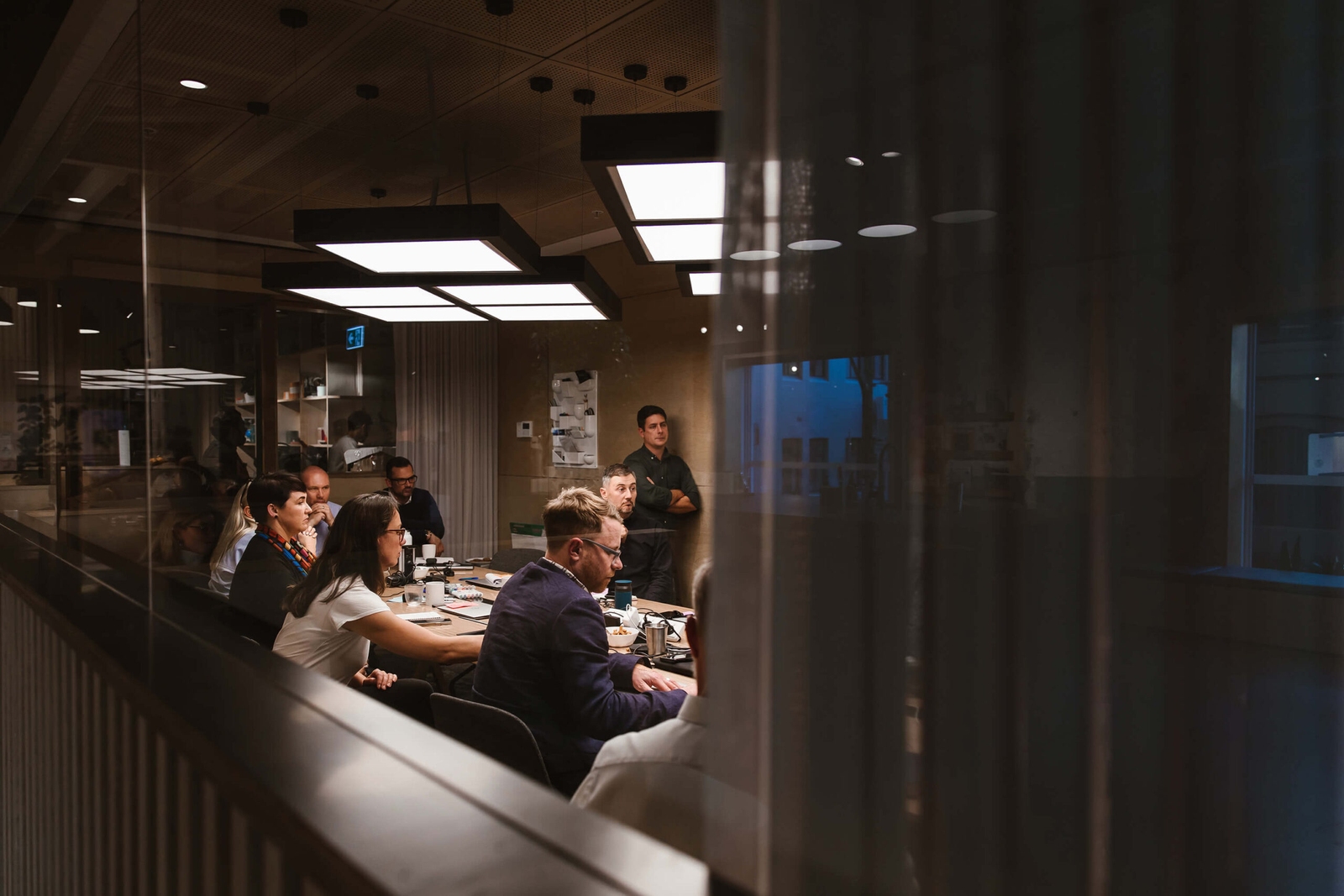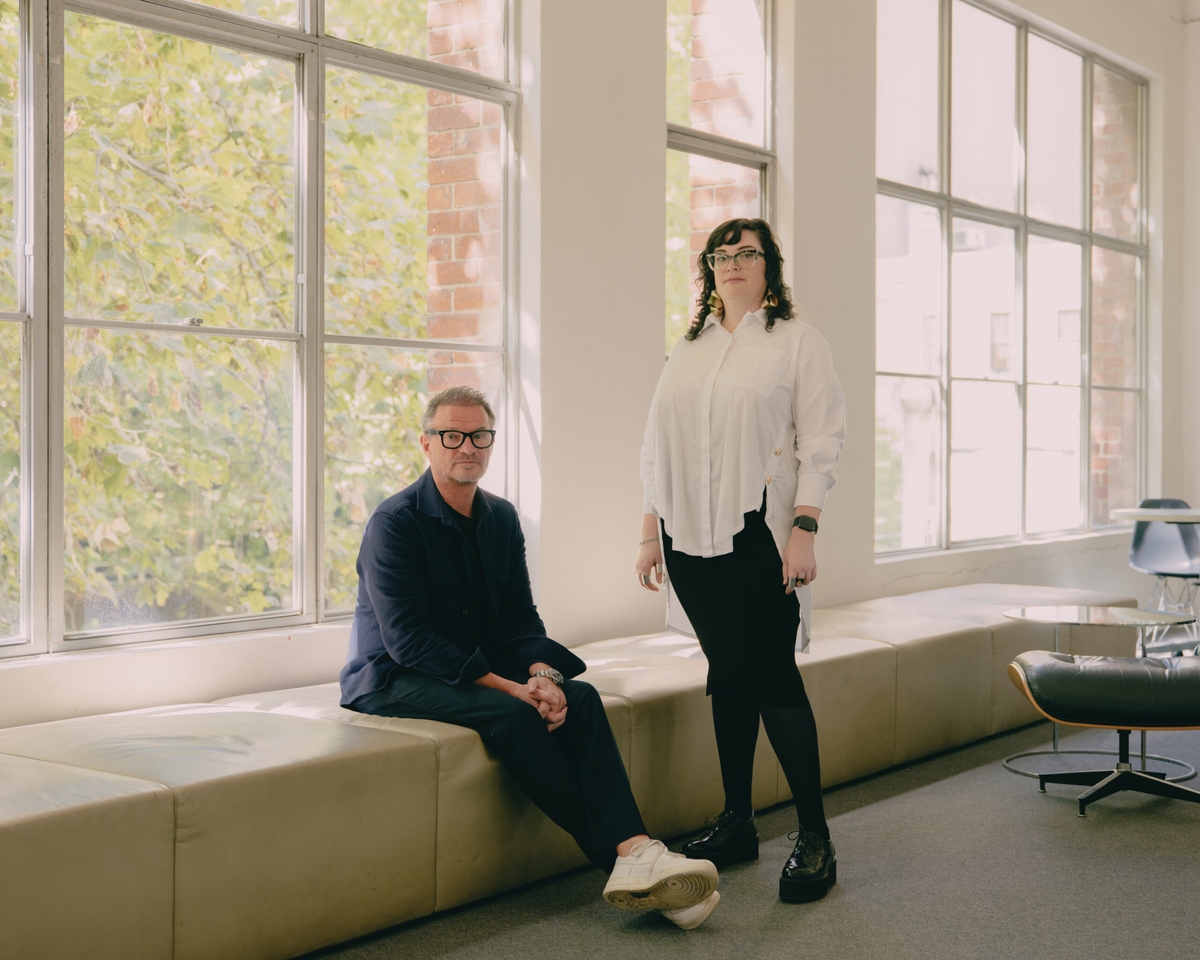Developing strategies for sustainability
Insight
Scott Matyus-Flynn is the Head of Built Environment at Edge Impact, a specialist sustainability advisory consultancy in ANZ, focused on the Americas and the Asia-Pacific. Edge Impact exists to help clients create value by tackling one of the world's most fundamental challenges: fostering truly sustainable economies and societies.

Can you begin by telling us about Edge Impact and the work you do?
Edge Impact helps businesses, organisations, and industries become more sustainable. We work across all sectors, including the built environment, to tackle society’s most important environmental and social issues from decarbonisation and climate change to social equality.
You’ve worked in this field for 15 years. Have you noticed a change?
Absolutely. The landscape is changing. The pace is changing, too. You can always tell where the market is at by barbecue conversations. Until the last three years or so, I would say I’m a sustainability consultant, and people’s eyes would just glaze over. They’d think they were talking to some hippie or tree hugger and think, I need to go somewhere else and find a beer.”
Now, when you have a conversation at the barbecue, they say, “Really, what part of sustainability?” Everyone understands more of it now. And it’s not just owners or managers. It’s also the people who are investing; they’re the really interested people. There is a lot of international awareness around climate change for investors, and they are very much asking questions.
What are you working on with SRL?
We developed their ESG strategy, and we’re helping to embed sustainability across the organisation and in its core assets.
In practical terms, that means we’re helping SRL address and manage its most material environmental, social and governance issues. This includes, for example, creating value from renewable energy and creating social value for its local communities.
Can you share some insights about how sustainability is evolving in the built environment?
Building standards are generally getting higher every year, and sustainability is now more practised and widespread than ever. That includes everyone from investors to government, tier-one, two and three developers, builders and others throughout the supply chain.
I believe we’ll see this trend continue to gather pace over the next five to ten years, with sustainability principles and outcomes increasingly understood and expectations in line with Australian and global sustainability targets. We’ll see data improve with increased business transparency requirements, including deep into supply chains. We’ll also see additional integration of sustainability topics beyond carbon to help mitigate the impacts of global climate change – such as nature-based solutions or community resilience.
Why is it important to plan for sustainability in retail and logistics?
Well, the first thing to say is this is already happening. Anyone in the retail and logistics world needs to integrate sustainability into its organisation as soon as possible to help set the business up for success. Expectations are changing from all sides, including investors, local government and staff. And it’s just going to keep speeding up. This is why organisations such as SRL want to get ahead of the game, and that’s a good thing to be doing considering the impact of developments.
What is the current standard in retail and industrial, and how does SRL compare?
SRL is definitely forward-thinking regarding sustainability, especially amongst its peers. Tier-one developers set the standard, and that’s what investors benchmark against. SRL understands this and is targeting this standard. It’s a long-term business strategy, and SRL has a long-term view as managing its own assets is inherently motivating to reduce operating costs and future risks.
What are some of the long-term benefits this will bring? For investors and communities?
For investors, it’s de-risking and adding value to a long-term investment. For communities, it’s local investment and inclusion (jobs, support for community groups, cultural inclusion programs).
How do you determine what initiatives have the biggest impact?
All initiatives are designed to create impact. They will all be measured. If you can’t measure it, you don’t know what impact you’re having, what’s worked or what can be improved.
Do greenfield areas pose any particular challenges or opportunities?
Yes, there are challenges with any greenfield area, such as nature loss. Any greenfield development must be done responsibly and effectively. That’s why businesses like SRL are important to the sector.
When I first spoke with SRL’s CEO, Vivek Subramanian, I was very impressed by his ambition and integrity. It was clear that the team is interested in getting the right outcomes and not just ticking a box. Six-star Green Star on new core assets is already a good sign for projects, but Viv and the team wanted to bring similar ambition to the whole business and have a long-term lens to success.
And what does that success look like to you?
I would like to see SRL continue to create tangible value from sustainability, and that by investing in creating value for our environment and communities, they create value for their business.
